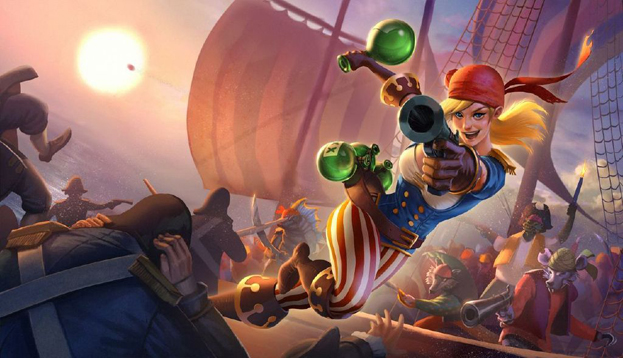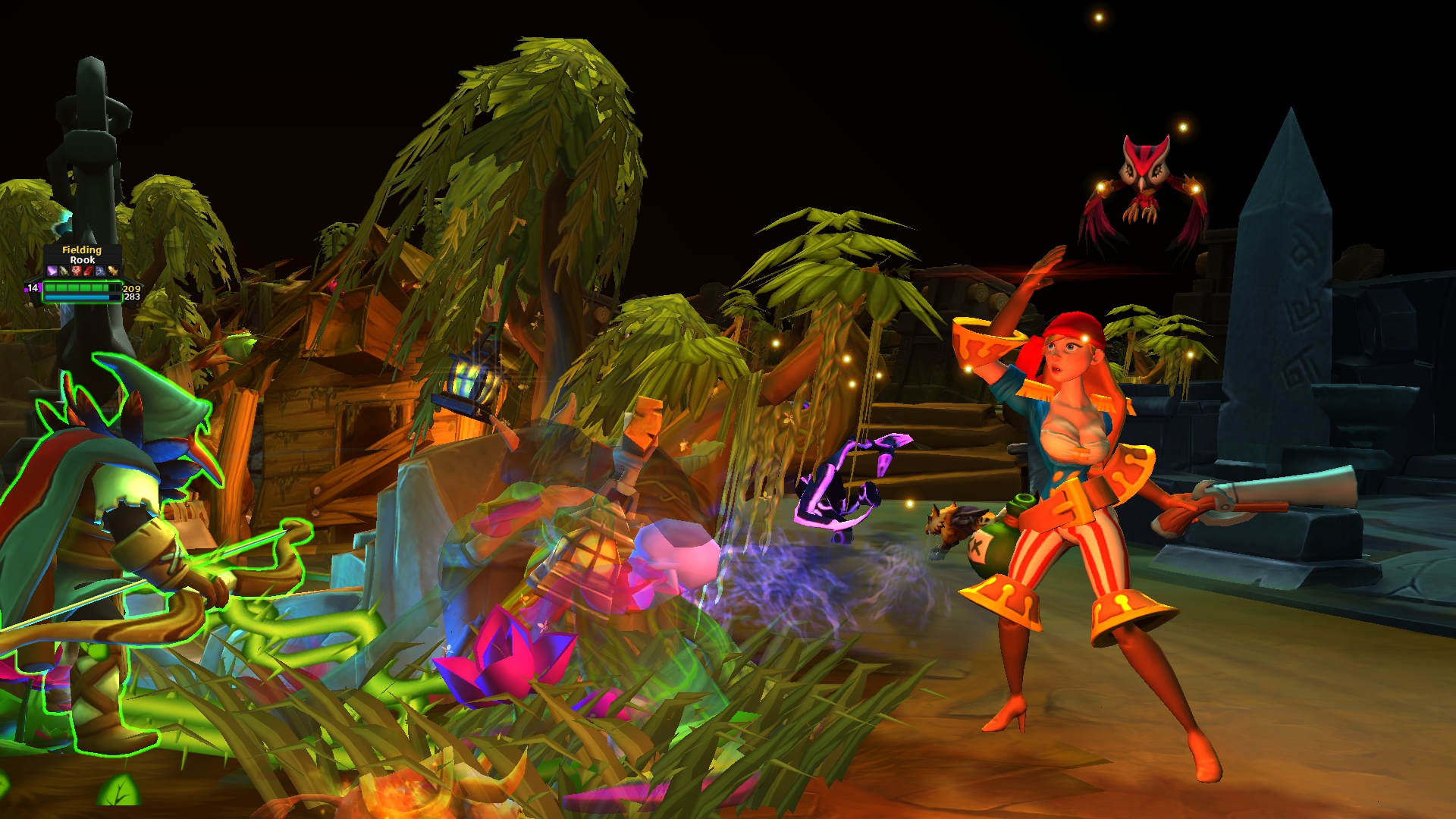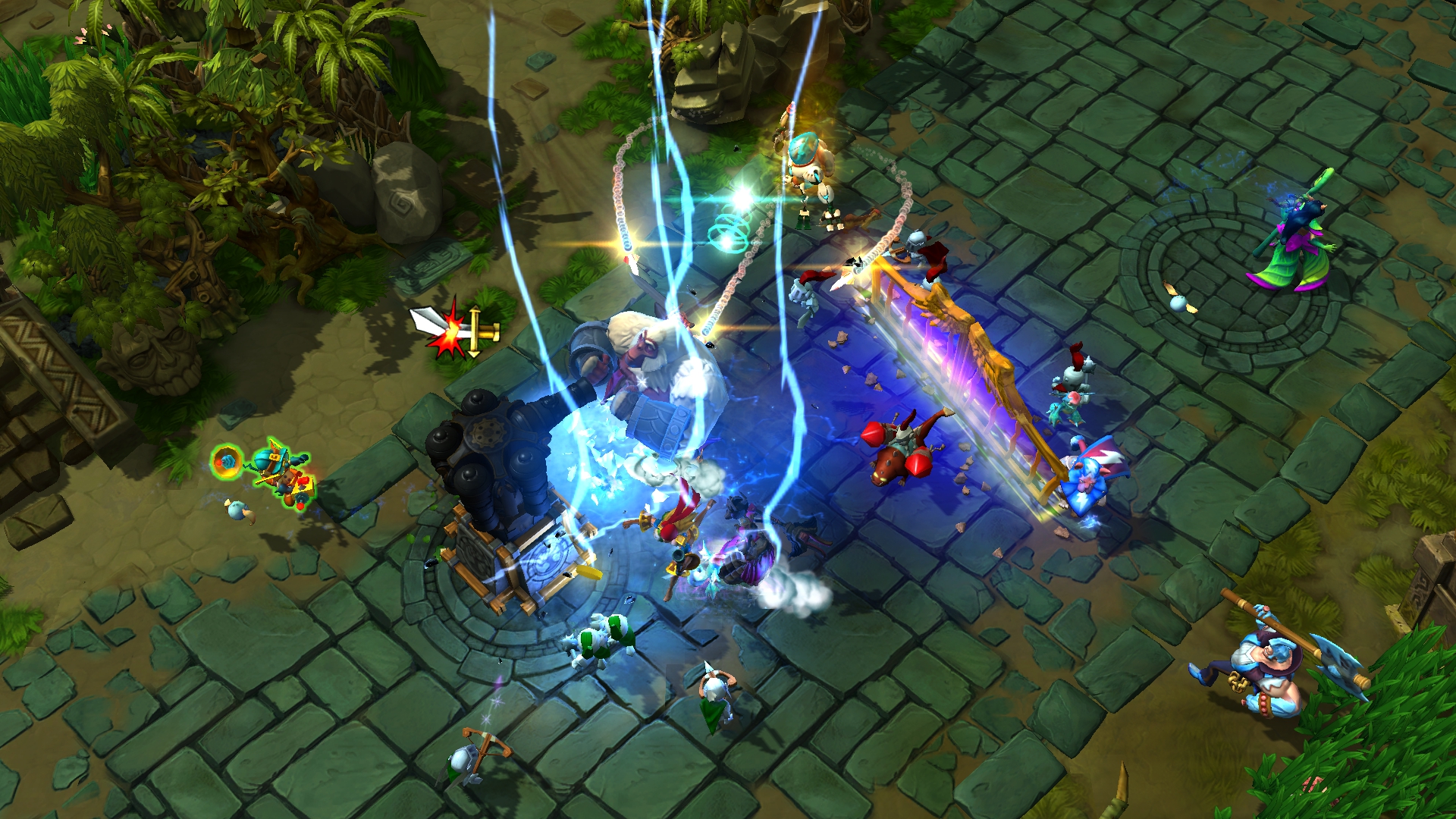Editor’s note: We are pleased to introduce veteran entertainment journalist John Gaudiosi as a new regular contributor to [a]list daily.
By John Gaudiosi
Independent game developer S2 Games currently operates the third most popular multiplayer online battle arena (MOBA) game in the world, Heroes of Newerth (HON). The Kalamazoo, Michigan-based studio has spent the past two years creating what it hopes will be the MOBA to change everything — Strife.
For those not familiar with the recently flooded crowd of MOBAs, big publishers like Warner Bros. Interactive Entertainment (which is launching Infinite Crisis this year and already has Guardians of Middle Earth), Deep Silver (Dead Island: Epidemic) and Zynga (Solstice Arena) are chasing Riot Games. There’s good reason. Riot’s League of Legends has more than 85 million players and is poised to make over $350 million this year, according to Newzoo video game analyst Peter Warman.
“When we launched Heroes of Newerth, there was really only one other commercial title in the space, League of Legends,”said Marc DeForest, CEO and co-founder of S2 Games. “Shortly thereafter we saw Valve throw their hat into the game with Dota 2. Looking at MOBAs popularity, seeing our play numbers rise, and seeing the massive success of League of Legends, there are a lot of other people that looked at Defense of the Ancients (Dota) and wanted to get a piece of that pie. Right now, it appears to be a fairly crowded space because a lot of people are trying their hand at it. I’m not exactly sure they know why they want to be in it, or understand why it is as successful as it is, except that they see the success of other people and they want to get a piece of that too.”
HON has over 15 million installs with 2.5 million active players around the world. One of the advantages S2 Games has with Strife is that they’ve already done this all before. Strife will be the first second generation MOBA to enter the market.
“We consider ourselves to be a pioneer of this genre as one of the first companies to work on a standalone commercial title in the genre,” said DeForest. “We’re going to be the first company that has already released a MOBA and has performed an analysis based upon the entire education process of making and operating Heroes of Newerth.”
Part of that education process was migrating from a pay-to-play business model, then adding a micro-transactions element to the mix, and finally switching to a free-to-play business model to stay competitive in the space.
“With Strife we’re taking a clean sheet design and taking all those lessons learned from HON and bringing a very seamless free-to-play experience to people that we feel we will be able to bring significant monetization for us,” said DeForest. “We make games to have people play them, but we also need to make money. We feel Strife will handle micro-transactions in a very unobtrusive manner and give the best experience to even those people who don’t want to spend a dime on the game.”
Unlike other MOBAs, Strife is built entirely around the idea of a collective, contributing community. Predicated on creating a more connected multiplayer experience that incentivizes cooperation, Strife streamlines communication between players with innovative, in-client social systems and rewards players for team collaboration, not simply placing highest on a leaderboard. It also employs design elements that instruct and inform, providing immediate feedback for genre newcomers and veterans alike.
S2 Games has also spent time developing a deep storyline for this game, as well as rich characters with backstories. But with all of this work on Strife, HON fans need not worry about that game being shut down. S2 Games will be supporting both MOBAs.
“We feel that both games are positioned in different places in the market,” said DeForest. “We consider HON to be a hardcore game. We’re okay with it having extremely high highs and at some points having extremely low lows. We understand that’s what that game is. When we set out to make Strife, we tried to achieve those same highs, but elevate the lows in a way in that doesn’t feel so punishing if you make a mistake. Through careful analysis and being students of the genre, students of making games, and having the experience of developing and operating HON, we feel that we found a really good middle ground to create a game that is extremely accessible, extremely approachable and yet has that replayability.”
Like it continues to do with HON, eSports, or electronic sports, will be part of the gameplan to introduce the global audience to Strife. Riot Games and Valve have both had success with using big cash prizes and a sports-like season schedule to grow the audiences of League of Legends and Dota 2. With HON Tour Season 2 expanding this year, Strife will also be part of the overall marketing push for the new MOBA.
Although there are a lot of MOBAs out there now, and many more coming into the fray, DeForest believes Strife has been designed to become the most popular game in the most popular genre in the world today. Those are high aspirations for a small studio competing against much bigger companies, but that confidence comes from experience. And the first hands-on with L received positive buzz from the hardcore PC gaming press at S2 Games first-ever press event in Sausalito last week.
About the Author
John Gaudiosi has spent the past 20+ years covering the $70 billion videogame industry for top international print, online and television outlets like The Washington Post, Wired, Playboy, AOL, IGN, Yahoo!, Entertainment Weekly, USA Today Weekend, Variety, The Hollywood Reporter, Maxim, CBS and NBC. John currently contributes to outlets like American Way Magazine, Geek Magazine, CNN, Reuters and Fortune, focusing on the convergence of Hollywood and games as well as the intersections of technology and the games business. He is a co-founder and Editor in Chief of GamerHub.tv video and editorial syndication, which syndicates editorial content through Tribune/McClatchy and video through Alloy Digital’s Digital Broadcasting Group (DBG).



